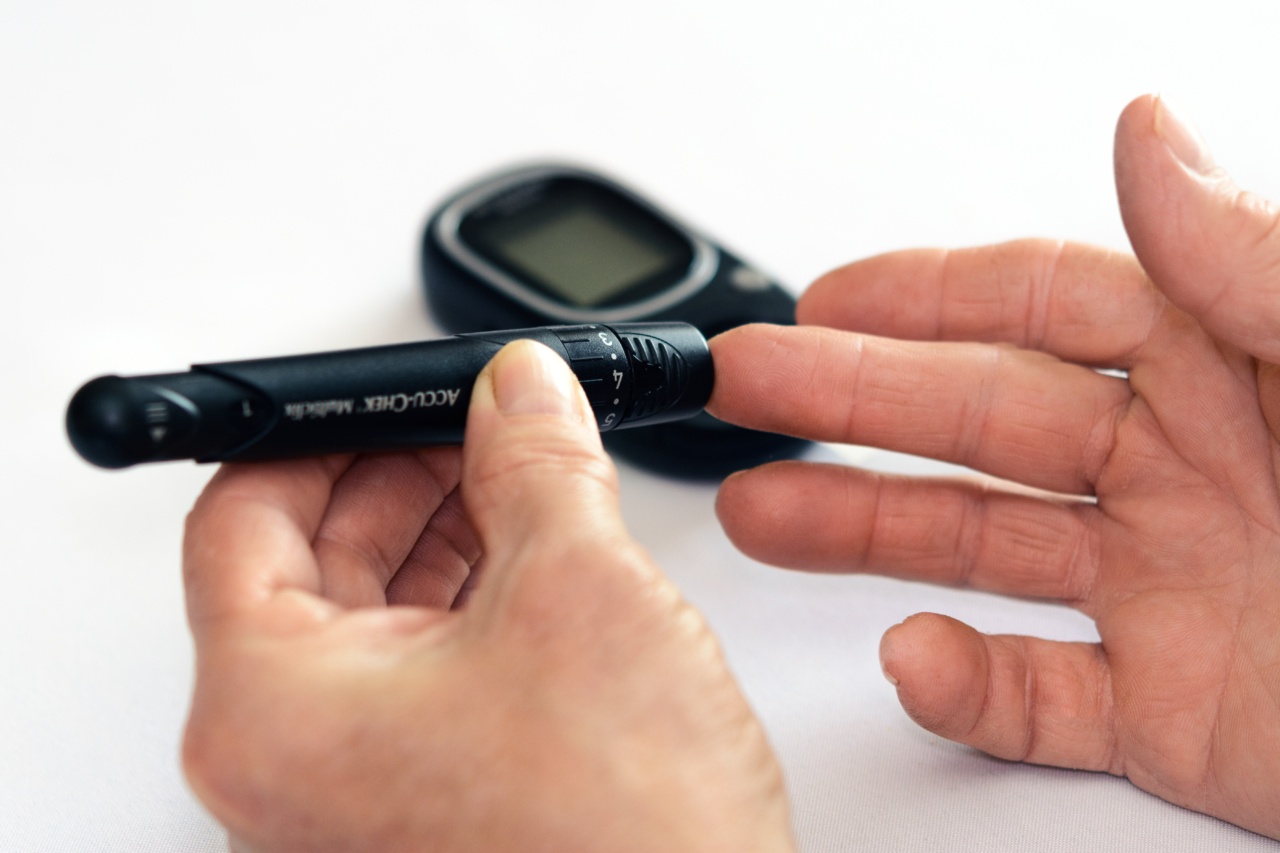Diabetes and stroke are both serious health conditions that affect millions of people worldwide. While they may seem unrelated, there is a strong link between the two.
It is important to understand the connection between diabetes and stroke in order to prevent complications and manage the risks effectively.
What is Diabetes?
Diabetes is a chronic metabolic disorder characterized by high blood sugar levels. It occurs when the body either does not produce enough insulin or does not effectively use the insulin it produces.
Insulin is a hormone that regulates glucose metabolism and allows cells to use glucose for energy.
The Link Between Diabetes and Stroke
People with diabetes have a significantly higher risk of developing stroke compared to those without diabetes. The link between the two conditions can be attributed to several factors:.
1. Increased Risk of Cardiovascular Disease
Diabetes is known to increase the risk of various cardiovascular diseases, including stroke. High blood sugar levels can damage blood vessels over time, leading to atherosclerosis (hardening of the arteries).
Atherosclerosis narrows the blood vessels and restricts blood flow to the brain, increasing the likelihood of stroke.
2. Hypertension (High Blood Pressure)
Hypertension is a common comorbidity in individuals with diabetes. High blood pressure damages blood vessels and increases the risk of stroke. When diabetes and hypertension occur together, the risk of stroke is further amplified.
3. Elevated Cholesterol Levels
Many people with diabetes also have high cholesterol levels. Raised levels of low-density lipoprotein (LDL) cholesterol, often referred to as “bad” cholesterol, contribute to the formation of plaque in the arteries.
This plaque buildup increases the risk of stroke.
4. Vascular Inflammation and Blood Clotting
Individuals with diabetes often experience chronic inflammation and abnormal blood clotting. These factors contribute to the development of atherosclerosis and increase the likelihood of stroke.
5. Impaired Blood Sugar Control
Uncontrolled blood sugar levels in individuals with diabetes can lead to long-term complications, including damage to blood vessels and nerves. The damage to blood vessels can increase the risk of stroke.
Prevention and Management
While the link between diabetes and stroke is concerning, there are several steps individuals can take to reduce the risk:.
1. Diabetes Control
Maintaining good control of blood sugar levels is essential for reducing the risk of stroke. This involves following a healthy diet, engaging in regular physical activity, and taking medication as prescribed.
2. Blood Pressure Management
Controlling high blood pressure through lifestyle modifications and medications is crucial in mitigating the risk of stroke. Regular monitoring and adherence to treatment plans are essential.
3. Cholesterol Management
Managing cholesterol levels by following a heart-healthy diet, exercising regularly, and taking prescribed medications can reduce the risk of stroke.
4. Emphasize a Healthy Lifestyle
Adopting a healthy lifestyle can help prevent both diabetes and stroke. This includes eating a balanced diet, maintaining a healthy weight, avoiding smoking, limiting alcohol consumption, and staying physically active.
Conclusion
The link between diabetes and stroke is significant, and individuals with diabetes should pay close attention to their overall cardiovascular health.
Proper management of diabetes, blood pressure, cholesterol levels, and adopting a healthy lifestyle can significantly reduce the risk of stroke in individuals with diabetes. Regular medical check-ups and consultations with healthcare professionals are vital for effective prevention and management.




























